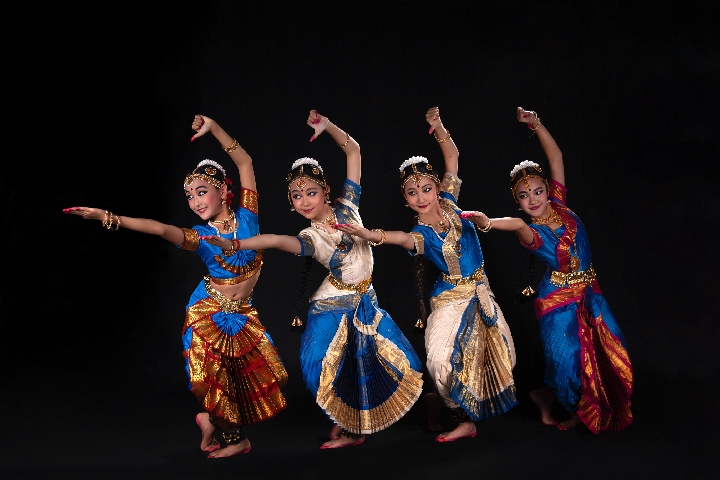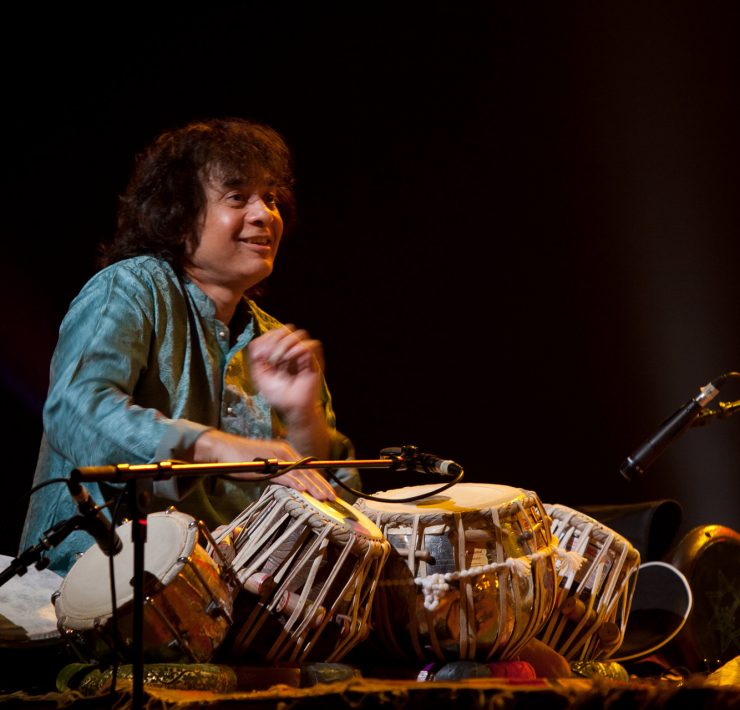I'm an aspiring journalist with an interest in culture and…
One 13-year Lei Muzi made history in Beijing, by performing in her graduation ceremony in China. The ceremony, known as the Arangetram (Tamil: அரங்கேற்றம்), was the first to be performed by a Chinese student, trained by a Chinese teacher, and in China. While China has a traditionally negative perception in India — partly due to the military issues between the too and partly amplified by India’s primetime media, both countries’ steadfastness to culture binds them in a very unique way. Bharatnatyam, one of India’s most popular forms of classical dance, has a massive popularity in China. Hundreds of students are trained in the dance form in China, showcasing a warm embrace of India’s rich cultural heritage.
How Bharatnatyam made its way into China
Bharatnatyam is an ages-old dance form of India, and finds its roots in Natyashastra, the ancient Indian text on performing arts. The dance form is reported to be more than 2000 years old in India, but was introduced to China only recently. This was after China had witnessed its bloodiest years in recent history, due to the Cultural Revolution. This was a movement led by Zedong to preserve the Chinese model of communism, and boycotted anything and everything that was considered bourgeois.
Classical dance and art forms were now regarded to be elitist, and were hence frowned upon. Art was now directed to allude to the revolutionary ideals held by Mao; Jiang Qing, his wife, took over the theater culture, and devised stories that had characters based purely on class. But Bharatnatyam, which received royal patronage in South India, weaseled its way into the heart of Zhang Jun after her visit to India in the 50s. She visited India multiple times after the revolution, and trained under the veteran Bharatnatyam performer Uday Shankar, at the prestigious Kalakshetra. Jun has since taught generations of Chinese women Bharatnatyam, along with Kathak and Odissi
Bharatnatyam continues to be famous amongst Chinese youngsters, even today
The movement of Bharatnatyam in China is now spearheaded by Jun’s most famous student, Jin Shan Shan. She trained in Kathak in India under Pandit Birju Maharaj, and Bharatnatyam under Leela Samson. Now in China, she runs her own school of Bharatnatyam dancers. She had trained more than 100 students already by 2022. The 13-year-old who performed her Arangetram in China, Lei Mizu, is also Jin’s student.
Bharatnatyam resonates deeply within those who train for it in China. In 2022, ten years after Zhang Jun’s death, more than 300 of her admirers came to attend a special event organized in her memory. This was while India and China’s relations had soured because of the latter’s advancement into Ladakh.
Southeast Asia, while known for its orientalism, is also proud of its attachment to traditions even today. The region has a deep respect for the past, which has shaped the ideals of the constituting countries. This is how China and India, despite sharing a tense history, have found common ground in an unconventional manner.










